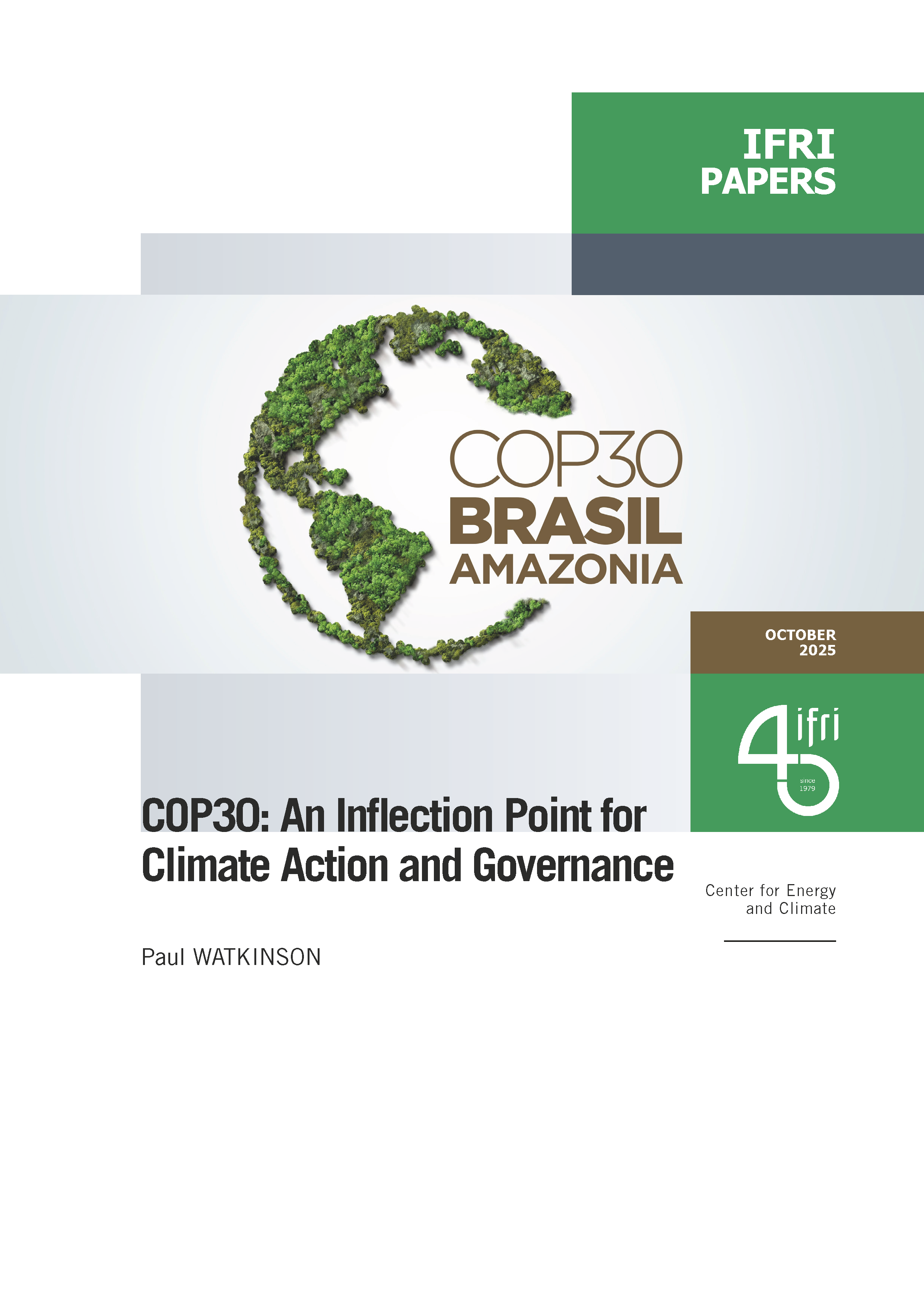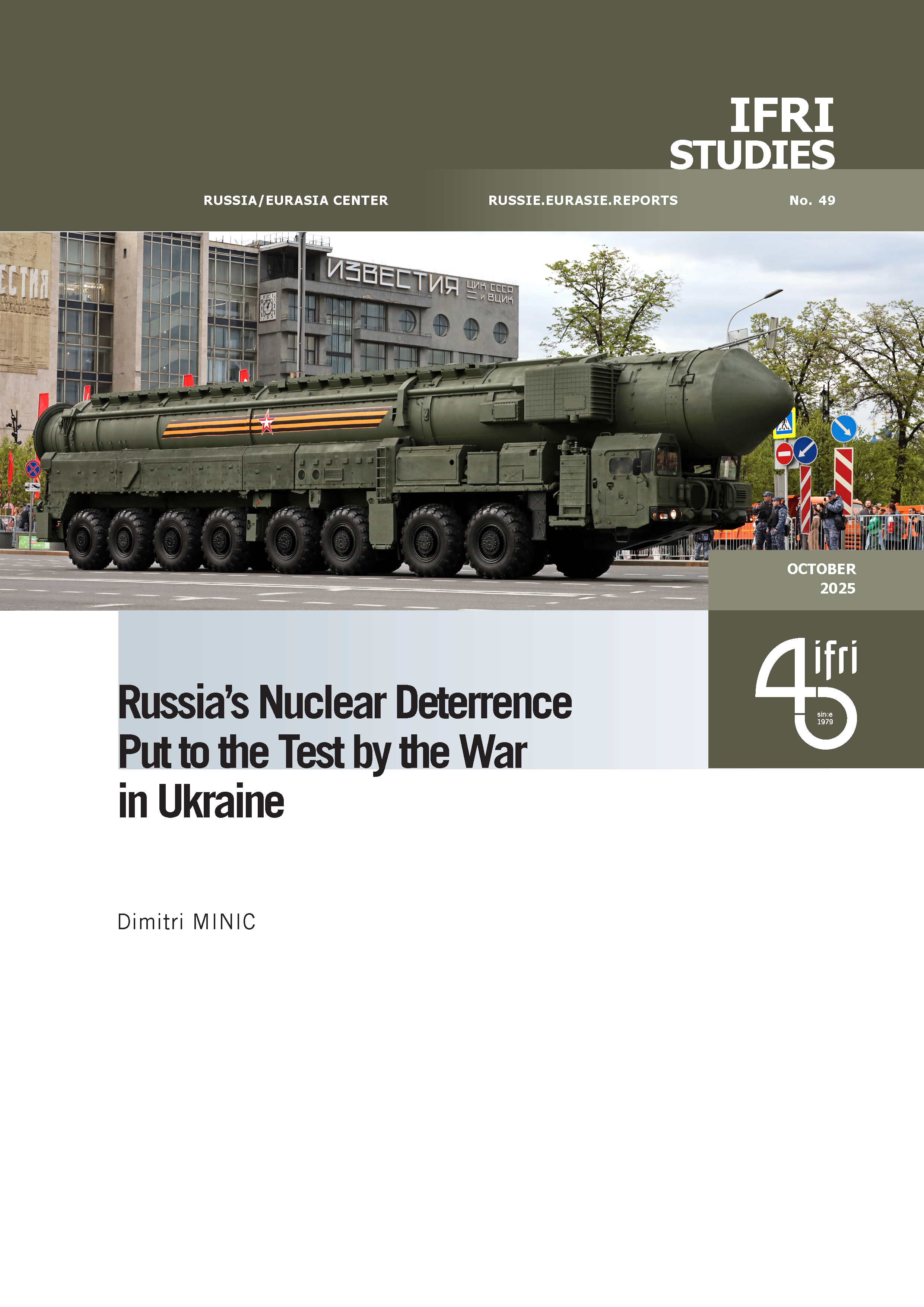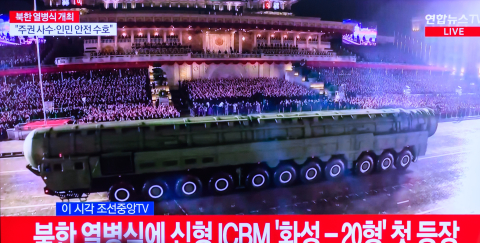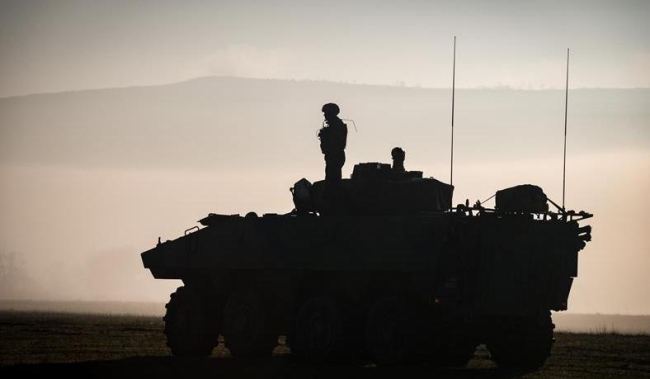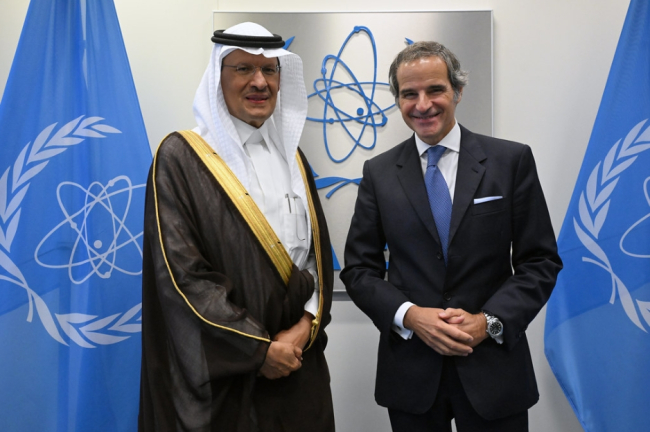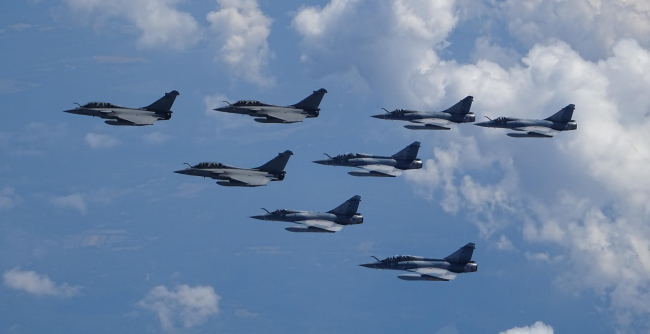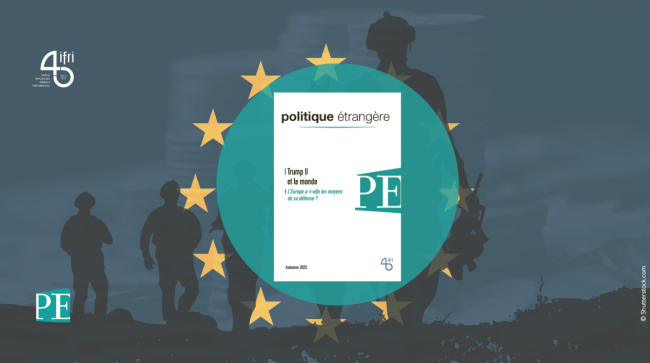Tailored Assurance: Balancing Deterrence and Disarmament in Responding to NATO-Russia Tension
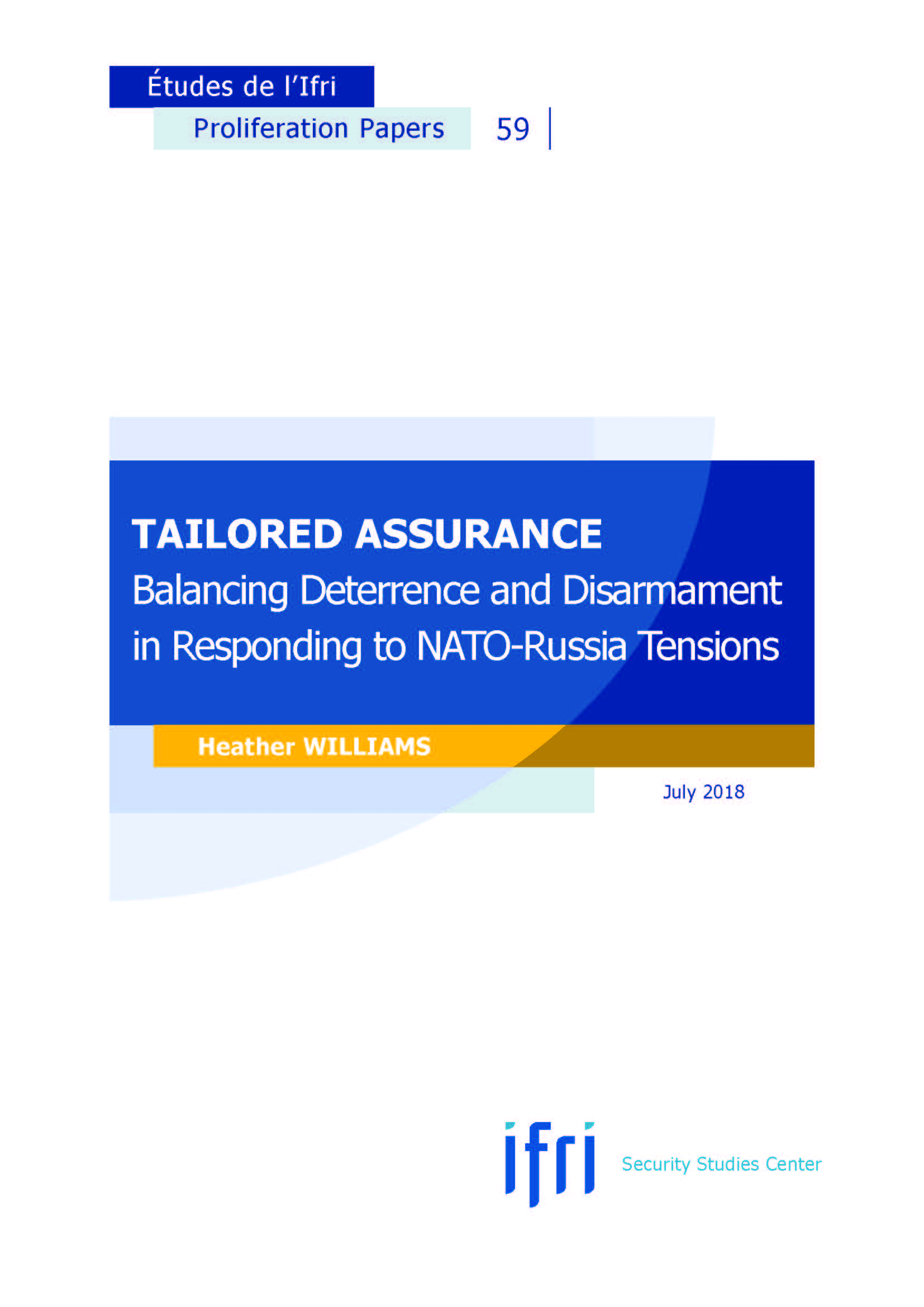
The 2018 Nuclear Posture Review (NPR) called for tailoring assurance across America’s allies, including NATO, as part of an overall deterrence and assurance strategy.
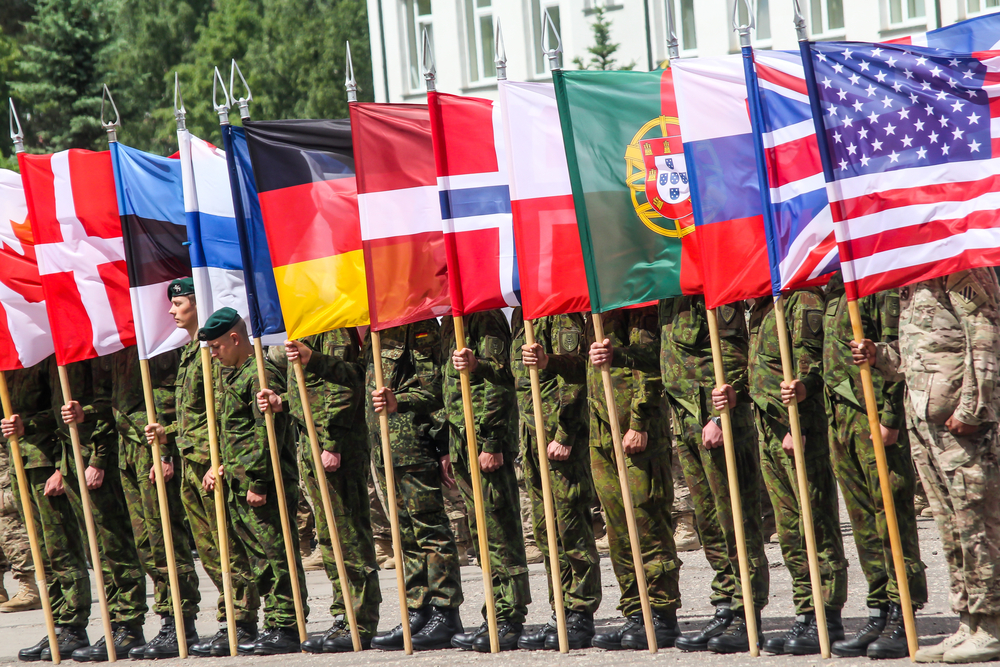
NATO is currently dealing with several challenges: Russian hostility, growing pressure internally for nuclear disarmament or withdrawal of non-strategic US nuclear weapons, as well as the questioning of America’s credibility as a guarantor of European security. Since these sources of tension are not felt symmetrically across the 29 member states, it has become necessary to adapt assurance measures on a case-by-case basis by adjusting the military capabilities involved and the communication according to the needs of each country.
The purpose of this study is to identify the various options available to the United States to enable it to adapt capabilities, messaging strategies, and other tools, thereby providing more effective and consistent assurance in the face of the Russian threat. In order to respond effectively to a strategy aimed at accentuating the internal divisions of the Alliance, it is necessary to combine measures related to the “hardware” of NATO’s posture (nuclear weapons, investments, conventional forces etc.) and others related to its “software” (values, Alliance cohesion, communication, etc.).

Available in:
Regions and themes
ISBN / ISSN
Share
Download the full analysis
This page contains only a summary of our work. If you would like to have access to all the information from our research on the subject, you can download the full version in PDF format.
Tailored Assurance: Balancing Deterrence and Disarmament in Responding to NATO-Russia Tension
Related centers and programs
Discover our other research centers and programsFind out more
Discover all our analysesSaudi Arabia’s Nuclear Temptations. Lessons Learned from Regional Instability
Saudi Arabia’s integration in the international arena and regional stability, notably through reducing its dependence on fossil energies, are crucial elements for the success of the Kingdom’s Vision 2030, the Crown Prince’s top priority. However, Mohammed bin Salman’s declarations in 2018 and 2021, indicating that “if Iran develops a nuclear bomb, we will follow suit as soon as possible”, combined with the recent strikes on key Iranian nuclear facilities, do not bode well for the future of the Kingdom, the region and the non-proliferation regime at large.
The Future of Air Superiority. Command of the Air in High Intensity Warfare
Air superiority, understood as control of the air, is a cornerstone of the Western art of warfare. It is a decisive condition, albeit not sufficient by itself, to achieve military victory, as it enables the concentration of air power toward the achievement of wider strategic objectives and protects other components from unbearable attrition levels. It is best achieved through the offensive use of air power in a joint effort to neutralize the enemy’s air power.
Europe Uncovered?
As Russia continues to threaten Europe, the Trump administration is making no secret of its desire to withdraw—at least partially—from the defense of the Old
Continent in order to focus on strategic competition with China. It is thus putting pressure on its European allies to increase their investment in the military sector. The NATO Summit in The Hague in June 2025 resulted in ambitious commitments by member states to increase their defense spending.
How should Britain and France cooperate to realise the Northwood Declaration?
During his state visit to the United Kingdom (UK) last week, Emmanuel Macron, President of France, signed a joint declaration with Sir Keir Starmer, Prime Minister, on nuclear cooperation between Britain and France. The Northwood Declaration highlights that while both countries’ nuclear arsenals remain sovereign, cooperation on nuclear deterrence can ‘contribute significantly’ to the security of the North Atlantic Treaty Organisation (NATO) and the Euro-Atlantic region.


